锰钢螺旋叶片
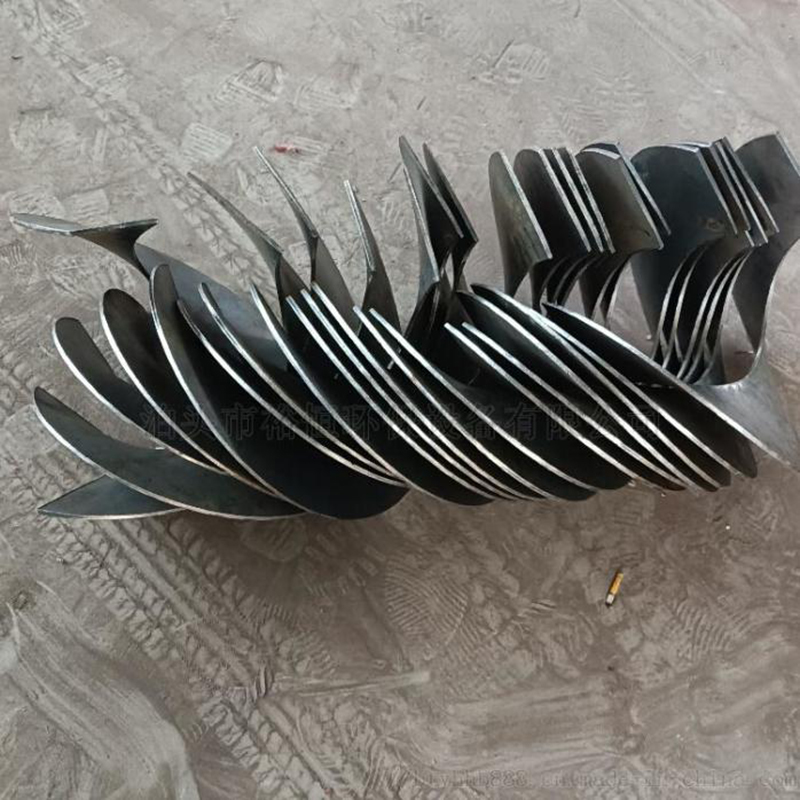
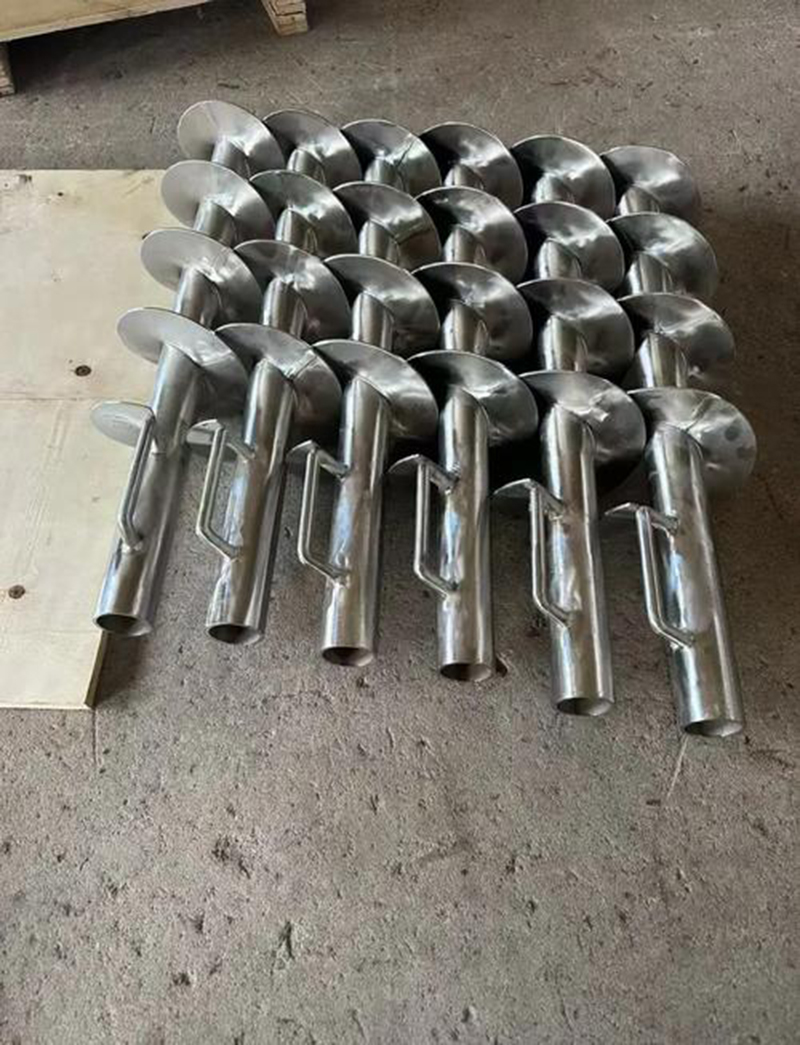
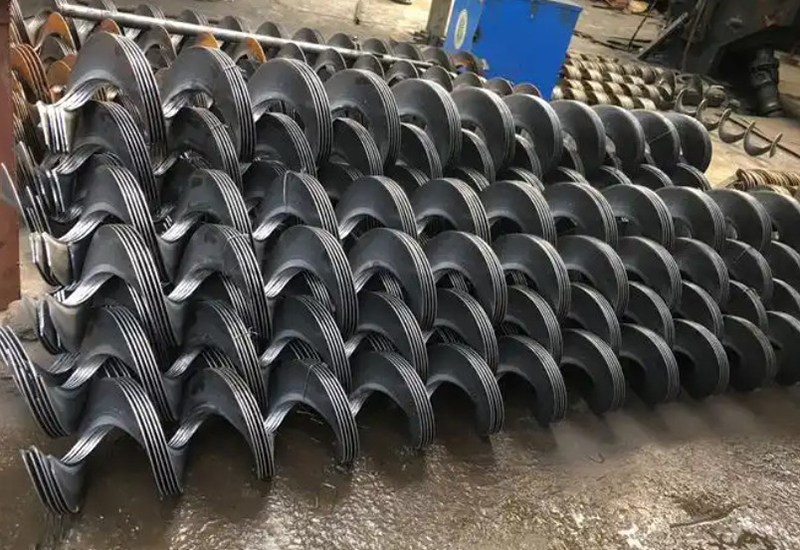
| 产品名称: | 锰钢螺旋叶片 |
| 关键词: | |
| 行业: | 冶金矿产 - 采矿业 |
| 工艺: | - |
| 材质: |
产品详情
Manganese steel spiral blades are a high-performance component widely used in conveying equipment, typically in screw conveyors, augers, and other equipment. They offer high strength, high wear resistance, and a long service life. Below is some key information about manganese steel spiral blades:
Material and Characteristics
Main Material: 16Mn (Q345) or 65Mn manganese steel is typically used. Its high manganese content provides excellent wear resistance and toughness, with wear resistance exceeding three times that of ordinary carbon steel. It is suitable for conveying abrasive materials such as ore, coal, and dry powders.
Other Materials Available: In addition to manganese steel, carbon steel Q235, stainless steel (304, 201, 316L), wear-resistant steel NM400, Weldon 400, and 2205 duplex stainless steel are also available. The specific material choice depends on the application and material characteristics.
Features: Smooth Surface: The cold rolling process creates a smooth surface on the blades, reducing material adhesion and improving conveying efficiency.
High Hardness and Wear Resistance: Manganese steel's high hardness makes it suitable for conveying heavy materials, with a service life exceeding 15,000 hours.
One-step forming, no welds: Continuous cold rolling technology eliminates weld weaknesses and enhances structural strength.
Constant thickness design: Some manganese steel spiral blades utilize a constant thickness process, resulting in consistent thickness on both the inner and outer diameters (e.g., 4mm), preventing rapid wear on the outer diameter.
Manufacturing Process
Cold rolling: The mainstream production method. A spiral blade cold rolling mill adjusts parameters such as roll offset, feed height, and rolling pressure to produce blades of varying specifications. Compared to stamping, extrusion, or winding, the cold rolling process offers high production efficiency, material savings, and more consistent blade quality.
Specification Range: Outer Diameter: 20mm to 3000mm (some manufacturers offer up to 4000mm).
Inner Diameter: 12mm to 750mm.
Thickness: 1.5mm to 60mm (the thickness increases, and the width per side should decrease accordingly. For example, for a thickness of 20-25mm, the minimum width per side is 400mm).
Pitch: 20mm to 2500mm.
Screw Direction: Left-hand or right-hand, customizable upon request.
Types: Available in single-piece, uniform-thickness, continuous, shaftless, belt-type, and bladed spirals. Bladed spirals are suitable for conveying highly viscous or compressible materials and also offer stirring and mixing capabilities.
Applications
Industries: Widely used in mining, metallurgy, chemical engineering, agriculture, environmental protection, and construction pile foundation engineering, suitable for conveying granular, powdered, or sticky materials such as ore, coal, grain, feed, and dry powder.
Equipment: Commonly found in screw conveyors, augers, harvesters, excavators, and chip conveyors, they are particularly suitable for material handling under heavy or harsh conditions.
Customization and Services
Customization: Parameters such as outer diameter, inner diameter, pitch, and thickness can be customized based on customer drawings or on-site measurements. Some manufacturers offer on-site engineer evaluations and long-term supply contracts.
Price: Prices vary significantly depending on specifications, materials, and workmanship. For example, some stainless steel spiral blades on Alibaba cost between 90 and 145 yuan per meter. Please contact the manufacturer for specific pricing.
Notes
Thickness and Width Limitations: As blade thickness increases, the single-edge width must be reduced accordingly to ensure machining accuracy. For example, for blades with a thickness of 30-40mm, the minimum single-edge width must not exceed 280mm.
Selection Recommendations: Choose the material and form based on the material characteristics. For example, for conveying highly abrasive materials, manganese steel or wear-resistant steel NM400 are preferred. For corrosive materials, stainless steel 304 or 316L is recommended.
相似产品
更多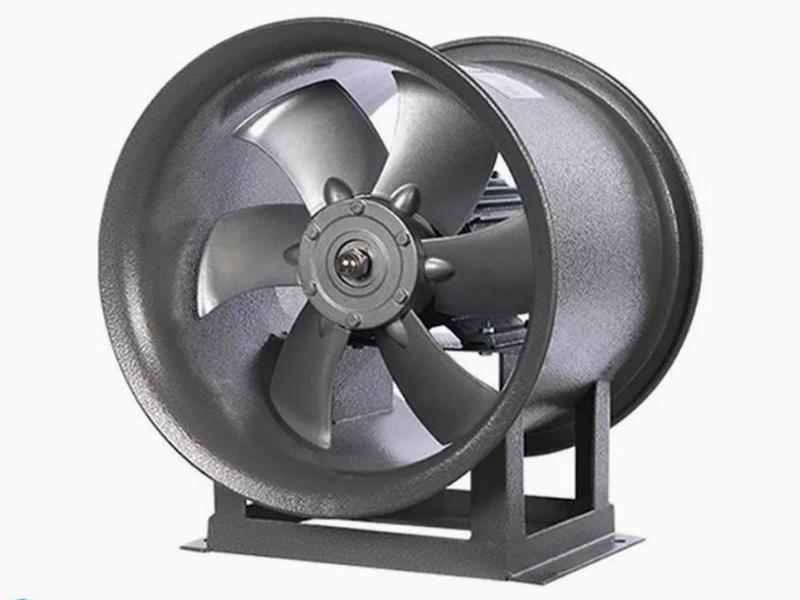
加工轴流风机壳体用到的加工工艺有哪些
- 工艺 : 钣金 - 焊接
- 材质 : 碳钢
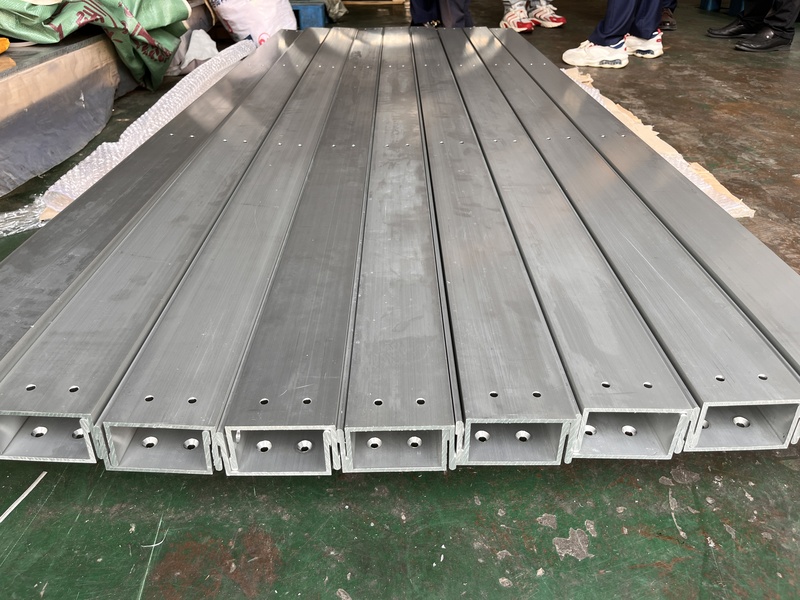
建筑用U型钢型材的精密加工
- 工艺 : 冲压 - 普通冲压
- 材质 : 铝类
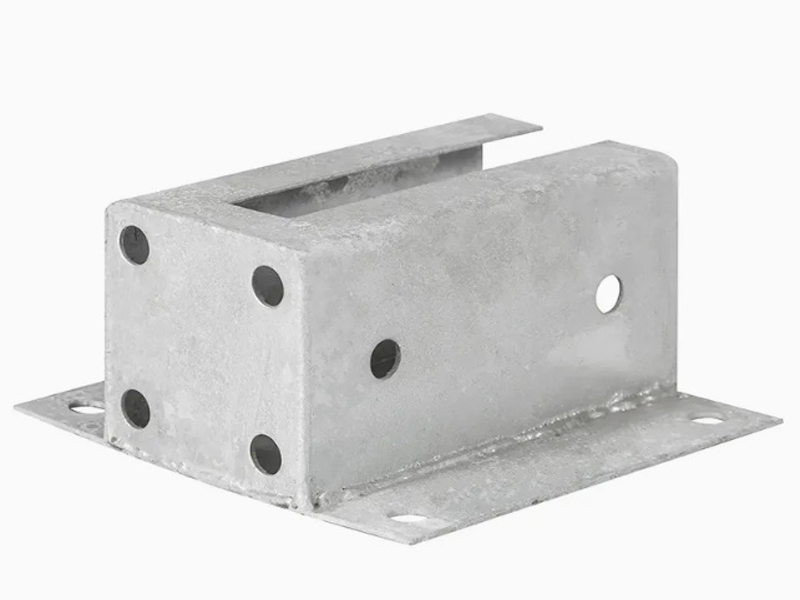
碳钢固定锚板的机加工工艺分析
- 工艺 : 机加工 - CNC铣削或铣削加工
- 材质 : 碳钢
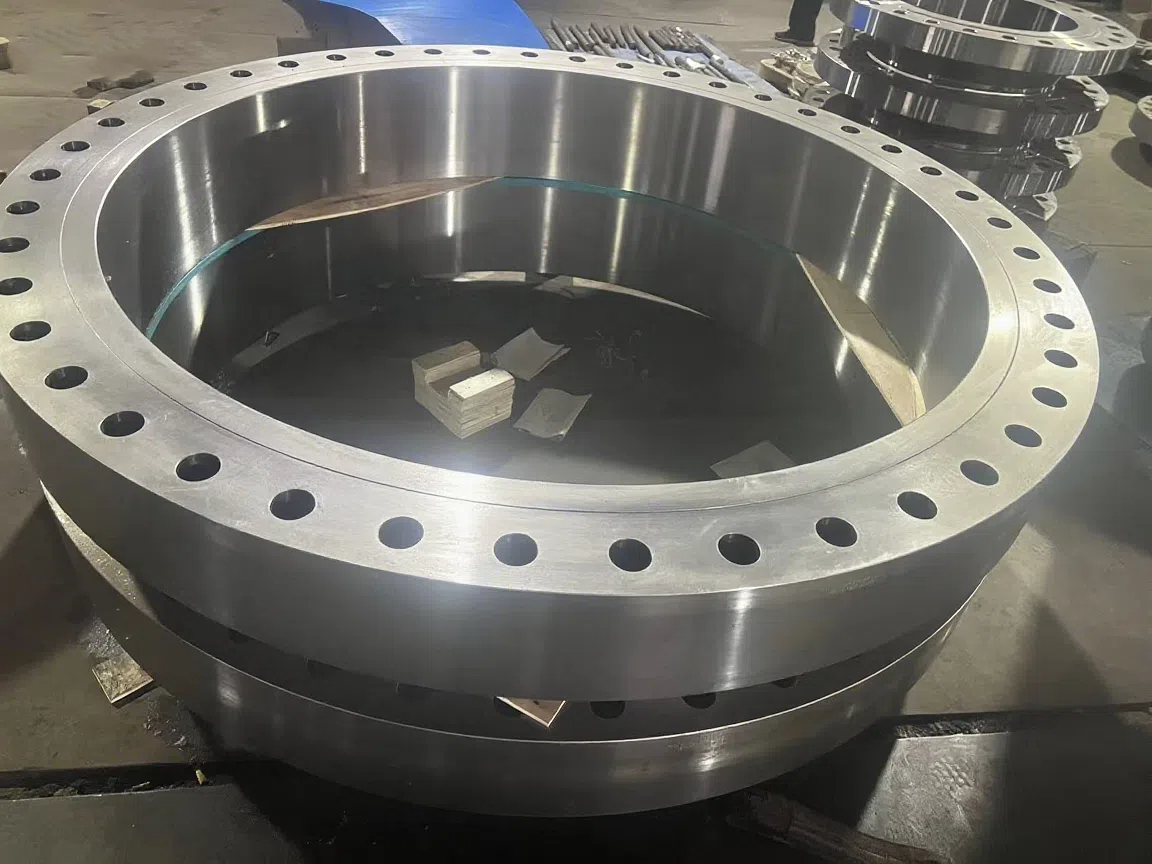
厚壁法兰车铣复合加工与探伤检测
- 工艺 : 机加工 - 车铣复合
- 材质 : 合金钢
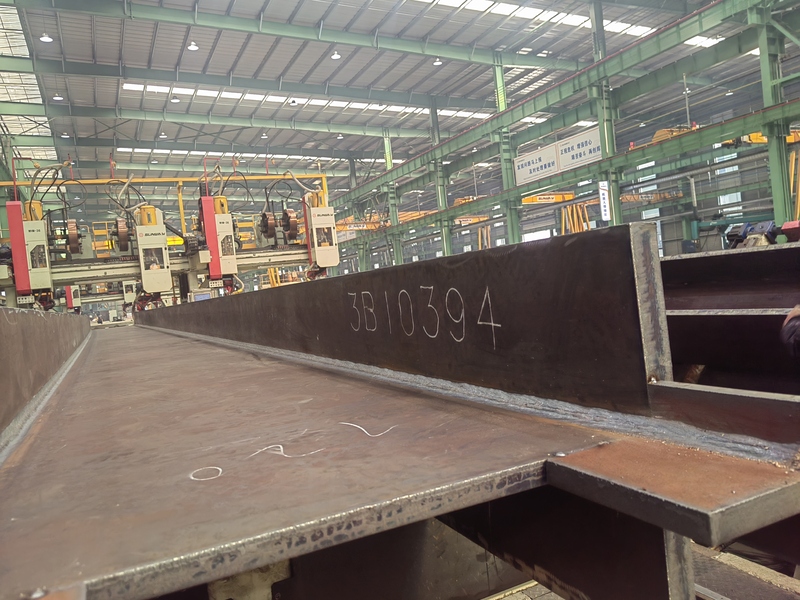
用于建筑工程的S355JR焊接H型梁的定制制造
- 工艺 : 钣金 - 焊接
- 材质 : 碳钢
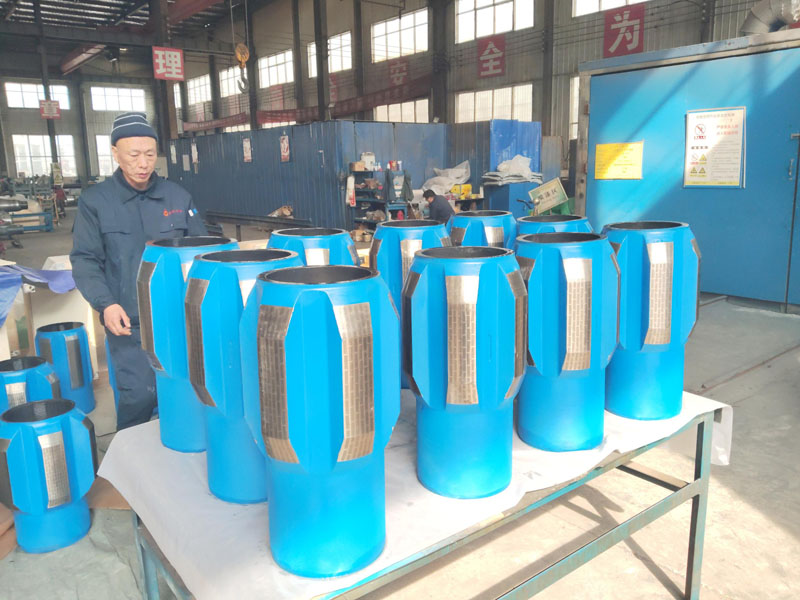
钻头扶正器应用于石油钻井平台
- 工艺 : 机加工 - 五轴加工
- 材质 : 合金钢
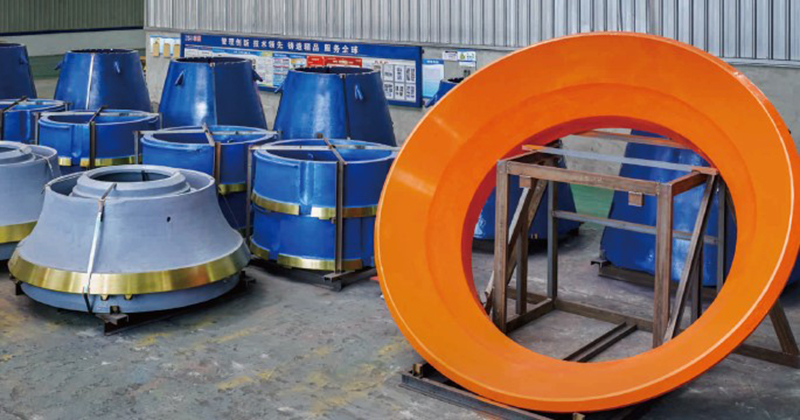
圆锥破碎机破碎壁
- 工艺 : -
- 材质 :
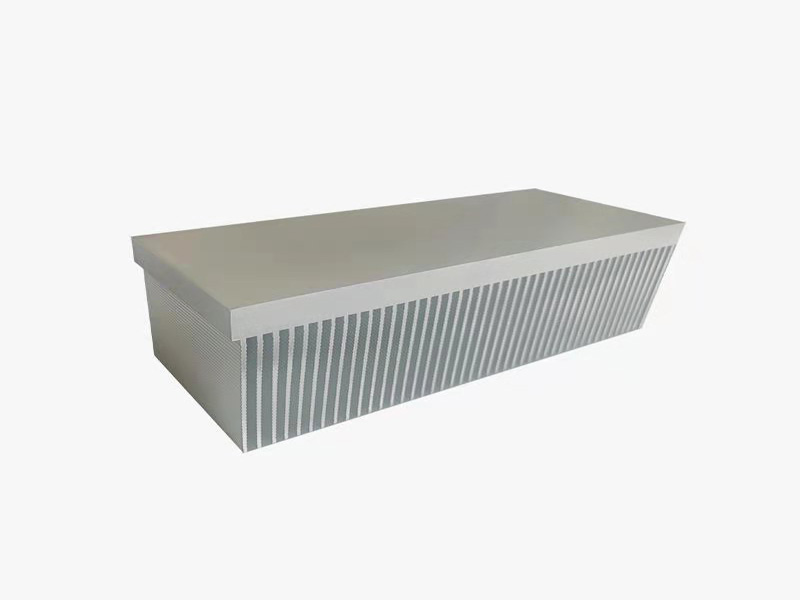
创新铲齿工艺:突破高密度散热技术瓶颈
- 工艺 : 表面处理 - 其它
- 材质 : 合金钢
更多产品
更多
加工轴流风机壳体用到的加工工艺有哪些
- 工艺 : 钣金 - 焊接
- 材质 : 碳钢

建筑用U型钢型材的精密加工
- 工艺 : 冲压 - 普通冲压
- 材质 : 铝类

碳钢固定锚板的机加工工艺分析
- 工艺 : 机加工 - CNC铣削或铣削加工
- 材质 : 碳钢

厚壁法兰车铣复合加工与探伤检测
- 工艺 : 机加工 - 车铣复合
- 材质 : 合金钢

用于建筑工程的S355JR焊接H型梁的定制制造
- 工艺 : 钣金 - 焊接
- 材质 : 碳钢

钻头扶正器应用于石油钻井平台
- 工艺 : 机加工 - 五轴加工
- 材质 : 合金钢

圆锥破碎机破碎壁
- 工艺 : -
- 材质 :

创新铲齿工艺:突破高密度散热技术瓶颈
- 工艺 : 表面处理 - 其它
- 材质 : 合金钢